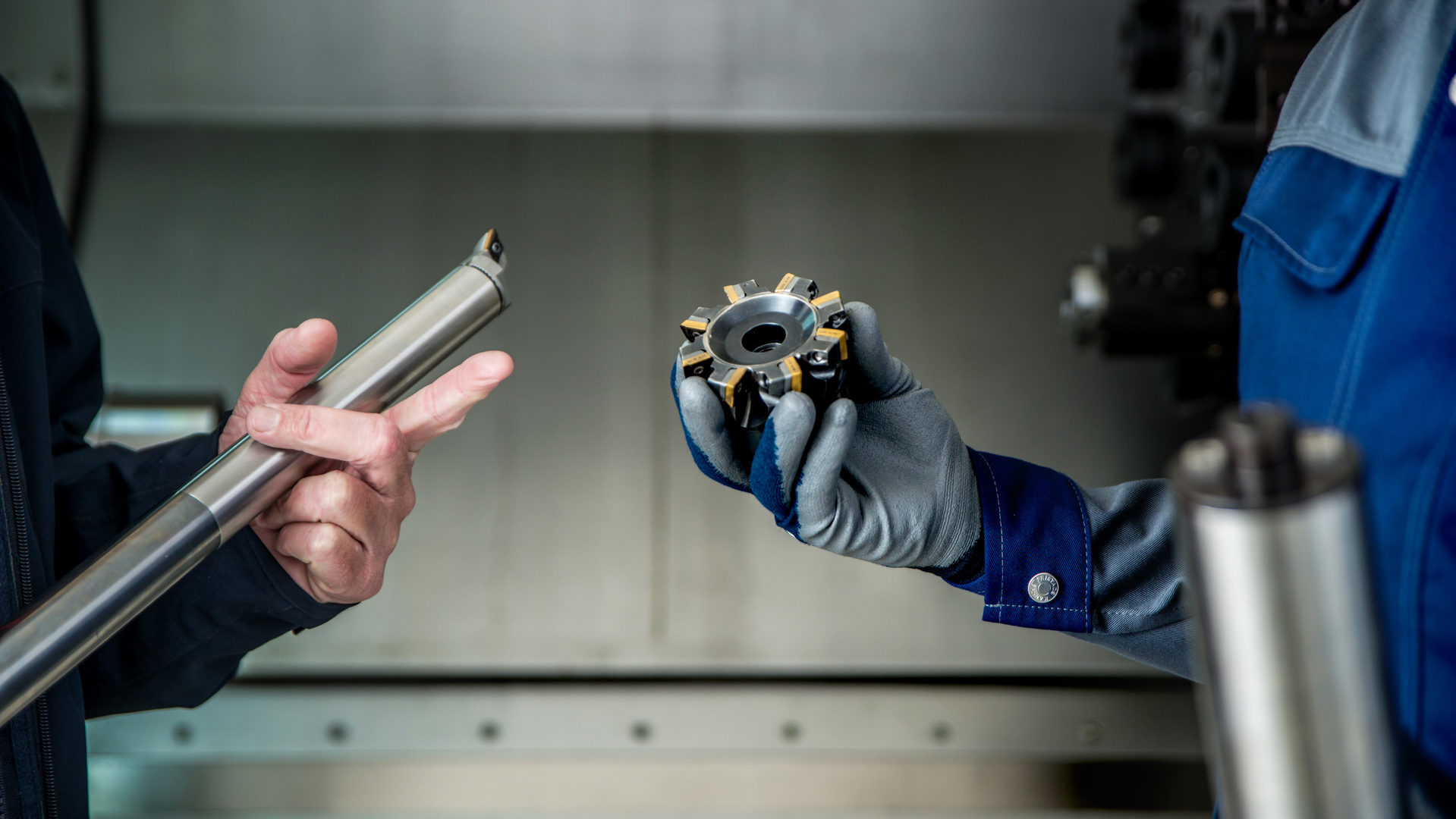Are you looking for ways to cut some production time in the supply chain? Unwanted production stops are wasting valuable minutes every day in machining operations. With vibration-damping technology, you can eliminate some of the most time-consuming events and increase productivity.
What is vibration-damping technology?
Vibration-damping technology is a method to absorb damaging vibrations that appears between a tool and a workpiece. In the metal cutting industry, this disturbance is known as tool chatter, causing a loud noise and creating unwanted waves at the surface of machine parts that are exposed to it. The latest vibration-damping technology is a self-tuning mass damper that is used in tool holders to silent the damaging movements. The small dampers contain a certain material that has the ability to adjust to the different frequencies causing the vibrations, and effectively absorb the chatter.
How can vibration-damping technology increase tool life?
When you are using a tool holder with a self-tuning damper, the pressure on the carbide head is much smaller. This means your machining operators won’t have to switch carbide tips as often as they do today. The average tool wear increases with 100 %, which means your operators can use the same carbide heads for 40 minutes instead of 20 minutes.
How can vibration-damped technology improve surface finish in machined parts?
Since the self-tuning dampers are adaptable they can be used in several machining applications, including those with a long-overhang. The dampers enable a more gentle cutting process that takes away the disturbing waves that are often seen on machined parts exposed to strong tool chatter. This means you won’t have to worry about not being able to deliver machine components with the right surface finish. There is no need for an extra grinding operation, or changing the pieces. When you are using the self-tuning mass dampers in your machines you optimize the chances of a high-quality outcome.
How can I reduce dynamic-related risks with vibration-damped technology?
It’s challenging for many production engineers to plan for the dynamic capacity in the supply chain. And, even though vibrations aren’t a huge issue, it’s an unpredictable risk that is easy to eliminate. There are hundreds of events that affects the outcome of the machined parts, and
self-tuning mass dampers are no guarantee for succeeding every time. But, by putting vibration-damping technology in your machines, your odds are much higher. And chances are, you will be able to produce more qualified parts that meet the desired specifications.
How can vibration-damping technology help me identify productivity flaws?
By replacing the old tools with self-tuning mass damper technology you can identify dynamic machine flaws. The dampers help you locate the source of a dynamic production disturbance by ruling out tool chatter as a possible cause. Since the self-tuning mass damper is a standard tool it’s easy to just replace the old tools, run the machines for some time, and then measure the improvement. If the production stops are fewer per year, and productivity has improved over time, then you’ve easily solved a time-consuming problem.


